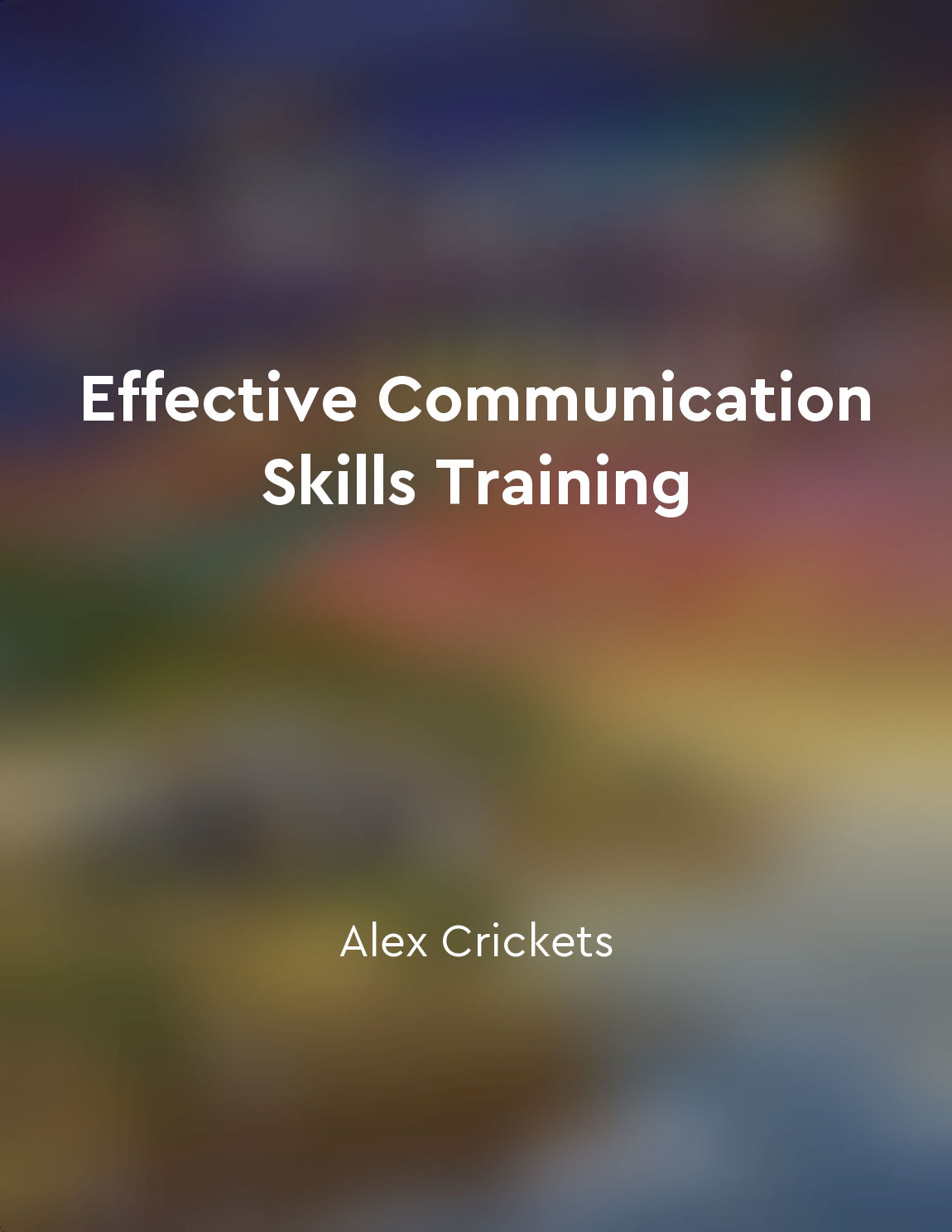Audio available in app
Recognize when safety is at risk and take corrective action from "summary" of Crucial Conversations by Kerry Patterson,Joseph Grenny,Ron McMillan,Al Switzler
When engaging in crucial conversations, it is essential to be aware of the signs that safety may be at risk. This involves paying attention to both verbal and nonverbal cues that indicate discomfort or defensiveness in the other person. These cues could include sudden changes in tone of voice, body language, or facial expressions that suggest the person is feeling threatened or unsafe. Recognizing when safety is at risk is only the first step. Once you have identified that the other person may be feeling unsafe, it is crucial to take corrective action to address the situation. This could involve acknowledging the discomfort openly, asking questions to understand the other person's perspective, or clarifying any misunderstandings that may have led to the perceived threat. Taking corrective action also means being willing to adjust your own behavior if necessary. This could involve apologizing for any unintended offense, reframing your message in a more respectful manner, or simply giving the other person space and time to process their emotions. The goal is to create a safe environment where both parties feel comfortable expressing their thoughts and feelings without fear of judgment or reprisal.- You can prevent crucial conversations from escalating into conflict or damage to the relationship. This proactive approach demonstrates a commitment to open and honest communication, fostering trust and mutual respect in your interactions. Ultimately, the ability to navigate these challenging conversations with sensitivity and care can lead to more productive outcomes and stronger connections with others.
Similar Posts
Share your own vulnerability to deepen connections
When we open up about our own vulnerabilities, we are inviting others to do the same. This act of sharing can create a deeper c...
Feedback is essential for improving listening skills
Feedback plays a crucial role in our journey to becoming better listeners. It acts as a mirror, reflecting back to us our stren...

Notice patterns in behavior
To understand someone better, it's important to pay attention to the patterns in their behavior. People tend to have habits and...

Utilizing feedback for improvement
Feedback is a valuable tool for anyone looking to improve their communication skills. By actively seeking out feedback from oth...
Open gestures like palms up show sincerity and honesty
According to Barbara Pease and Allan Pease, open gestures like palms up are powerful signals that communicate sincerity and hon...
Emotions impact communication
Emotions play a significant role in shaping our communication with others. When we are feeling a certain emotion, whether it be...

Learn to communicate effectively with others
Learning to communicate effectively with others is a crucial skill that can greatly impact your relationships and overall well-...
Share hobbies and interests
When we talk about sharing hobbies and interests, we are really talking about building connection and intimacy in a relationshi...
Feedback construtivo melhora a comunicação
Feedback construtivo é uma ferramenta poderosa para melhorar a comunicação em qualquer contexto. Quando recebemos feedback cons...
Practice decoding nonverbal cues daily
Decoding nonverbal cues is a skill that can be developed through consistent practice. This means paying attention to the subtle...

